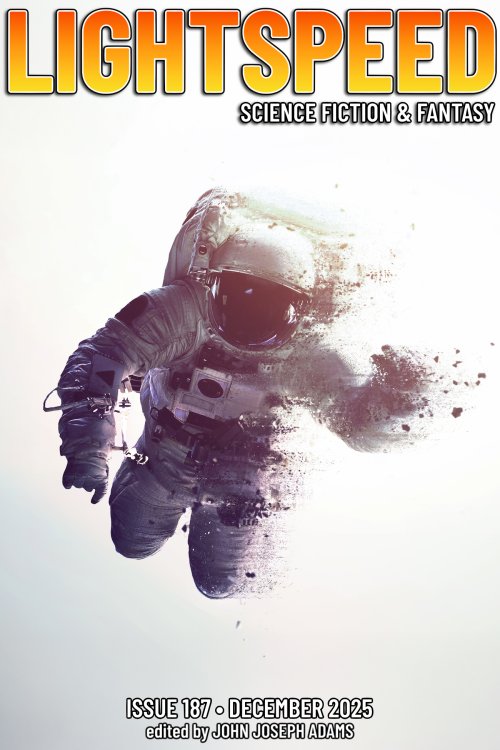Nonfiction
Interview: Rick Yancey
Rick Yancey is the author of popular young adult novels such as the Alfred Kropp series and the Monstrumologist series. His latest book, The 5th Wave, is the story of a teenage girl searching for her brother in the wake of a devastating alien attack. The book’s publisher, Penguin, is betting big that The 5th Wave has what it takes to become the next Hunger Games, and is giving the book a massive $750,000 marketing push. The 5th Wave has also been optioned for film by Sony Pictures with Tobey Maguire reportedly attached to the project.








